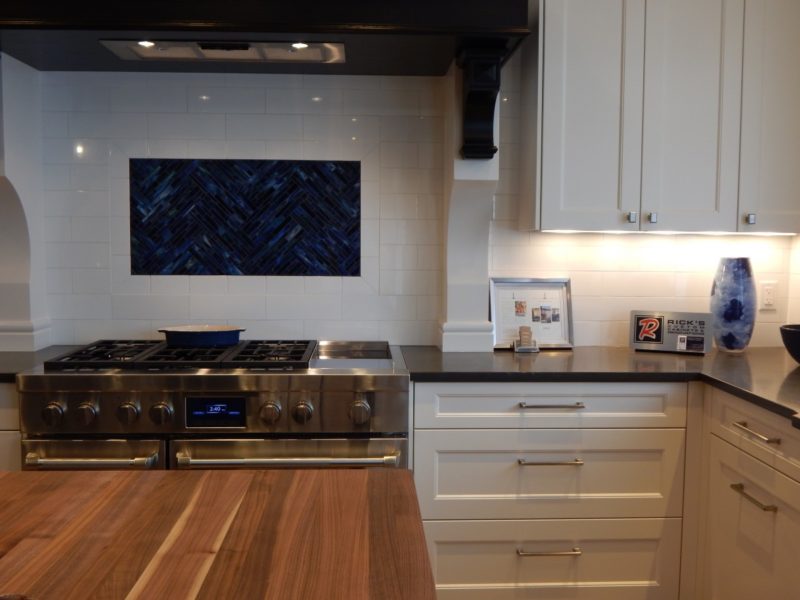It is best to know how to tell if your stove is leaking gas since this can be a problem. Although gas has no odor and color, utilities add a scent to make leaks easier to detect. It’s time to call the gas company and have it check your equipment if you smell this peculiar odor. Mercaptan is added to the gas for its unique aroma throughout the refining process for safety concerns.
Every leak may be hazardous, but not every leak produces enough gas to be identified by fragrance.
Before the smell reaches the nose, a few tiny leaks spread the gas volume discharged into the surrounding air. You should thus check your gas appliances regularly for leakage. My friends, before we dig in deeper, let us know first the signs of gas leakage.
Indications Of A Gas Leak
A gas smell from your stove or oven is the most evident indication of a gas leak in the furnace. However, not all leaks are apparent, and slow leaks cannot cause a smell. You will need to look for additional indications to identify a gas leak in the stove. A yellow or orange flame is an indication while cooking on the stove. Warm colors might indicate a slow leak and a solid blue gas fire.
A pilot light that refuses to remain lit or plants that die suddenly for no apparent reason may lead to a gas leak. These may suggest a problem, but you won’t know that it produces gas like odor. If the gas bill is higher, it could also be a gas leak indicator.
Other indications include a hissing sound outside the furnace close to the gas pipes or equipment and black soot. You may also use the bubble test to search for minor leaks. So, how to tell if your stove is leaking gas?
Ways To Tell If Your Stove Is Leaking Gas
Keep in mind that gas exposure might cause pain. With that being said, it is essential to check for leaking gas. Those with headaches, nausea, chest discomfort, distortion, earrings, or watery eyes should receive medical attention if a gas leak is suspected.
Method #1. The bubbles test
The original bubble testing solutions were simply a mixture of soap and water. Still, now you can get professionally developed test solutions that are consistent because they cling better to pipes, valves, and equipment than to the old water and soap solutions—used to detect gas leaks before introducing advanced electronic gas detectors. You may purchase these goods at most home and equipment stores. Brush or spray on tubes, valves, or accessories for correct functioning to be tested.
Method #2. Detectors of electronic leakage
Most electronic gas leak detectors are costly, but at the time of publication, testing instruments cost less than $40 and can be purchased from almost every equipment supplier. Even if there is a minute of gas, the man offers a visual and audible alarm. He may not have LCD readings or all the professional equipment bells and whistles. Many experienced device technicians use these shirt-pocket-size testers for repair calls. It is easy to operate; insert batteries and press the button.
Method #3. Install a detector of carbon monoxide
In your stove, combustion creates a colorless and odorless carbon monoxide gas. Although a natural gas odor helps identify leaks, it is not passed on to carbon monoxide when the gas is burnt. Therefore, the only way to monitor CO levels at home is through a carbon monoxide detector, which is highly important.
Carbon monoxide poisoning may make you very unwell, and perhaps kill you and your family.
Fortunately, it’s just as simple to safeguard yourself as placing battery detectors throughout your building. Close to every dormitory in your house, install a carbon monoxide sensor 5 to 20 meters from likely carbon monoxides sources, such as your gas stove, oven, and garage.
Method #4. Recognize exterior leaks
Underground gas pipes transport gas into your home to run your stove. You could crack or break, much like the wires in your house, creating a leak. It may indicate an underground gas leak when you discover an area of dead plants and vegetation in your yard. Indoor leaks can create an underground leak-like hissing sound. In a specific region, you may also observe a nebulous or hazy look. If you detect evidence of the gas leak outside, leave the area and call your local gas provider to ensure no problem. To understand better, know how to catch a gas stove leak.
It’s A Wrap!
After you used the different methods to how to tell if your stove is leaking gas and you suspect that there is indeed a gas leak, check the house or building thoroughly and quickly, including animals. Turning any lights or devices on or off might cause leakage of gas to ignite.
However, you can open doors and windows on your way out of the building to assist in dispersing the gas.
If you know where the gas meter is and how it may disconnect it, do it quickly. Extra gas cannot enter your home. If you are safe outdoors, call the emergency gas company or your local police. Never contact form within a building as both mobile and conventional telephone cables are inflammatory.
Do you still want more articles to read about stoves? Read on, why is my stove clicking, and how to unhook a gas stove. That’s all for today! Thank you for reading!

